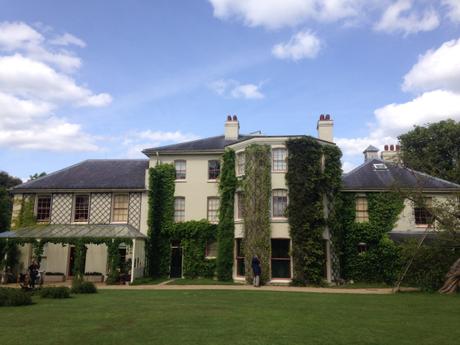
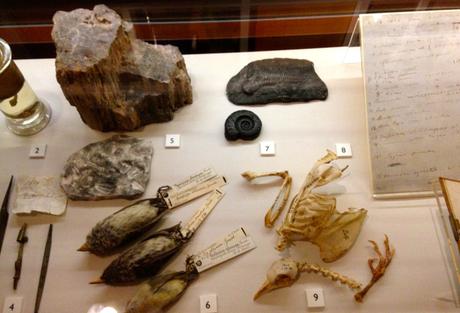 Last weekend I finally made a long-intended trip to Down House, which is nestled in the tiny Kent village of Downe. Charles Darwin and his wife Emma moved to the house shortly after their marriage, and it was the center of Charles’ scientific as well as family life until his death. It’s been a museum dedicated to the memory of Charles Darwin since the 1920s, and now it’s managed by English Heritage. The downstairs of the house has been meticulously restored to show the rooms as the Darwins would have known them, including Darwin’s study, where he wrote On the Origin of Species, and the beautiful garden facing drawing room where the family spent most of their time, and that features an amazing grand piano that I was itching to play. Upstairs all of the rooms that once housed the family’s bedrooms and the children’s classroom have been converted into an exhibition space, where you can learn about Darwin’s scientific discoveries as well as the life of the family. I found it absolutely fascinating to see the actual specimens that he brought back on the Beagle, as well as his field notebooks filled with tiny copperplate handwriting, both of which provided Darwin with the inspiration for his ideas about evolution. Alongside these extraordinary relics of one of the greatest scientific discoveries in history are more personal and touching mementos of family life, demonstrating how Darwin was just as much a father and husband as he was a scientist.
Last weekend I finally made a long-intended trip to Down House, which is nestled in the tiny Kent village of Downe. Charles Darwin and his wife Emma moved to the house shortly after their marriage, and it was the center of Charles’ scientific as well as family life until his death. It’s been a museum dedicated to the memory of Charles Darwin since the 1920s, and now it’s managed by English Heritage. The downstairs of the house has been meticulously restored to show the rooms as the Darwins would have known them, including Darwin’s study, where he wrote On the Origin of Species, and the beautiful garden facing drawing room where the family spent most of their time, and that features an amazing grand piano that I was itching to play. Upstairs all of the rooms that once housed the family’s bedrooms and the children’s classroom have been converted into an exhibition space, where you can learn about Darwin’s scientific discoveries as well as the life of the family. I found it absolutely fascinating to see the actual specimens that he brought back on the Beagle, as well as his field notebooks filled with tiny copperplate handwriting, both of which provided Darwin with the inspiration for his ideas about evolution. Alongside these extraordinary relics of one of the greatest scientific discoveries in history are more personal and touching mementos of family life, demonstrating how Darwin was just as much a father and husband as he was a scientist. 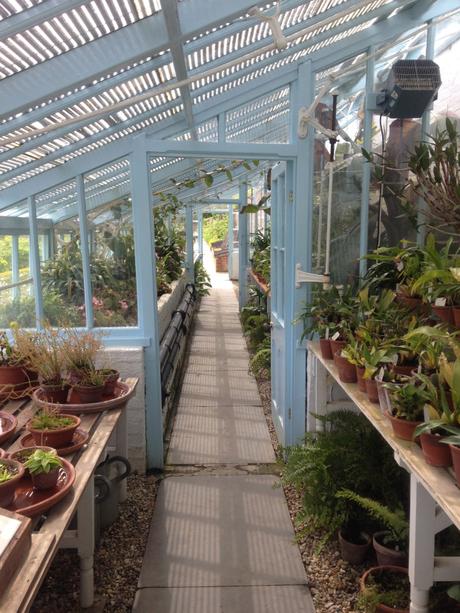 Charles, Emma and their children adored living at Down, and it’s easy to see why. The house itself is light, airy and spacious; they clearly didn’t sign up to the Victorian decorating manuals that advocated rooms stuffed with hideous mahogany furniture and aspidistras. There are beautiful views over the gardens and surrounding countryside from every window, which is what attracted the Darwins to Down House in the first place; having space in which to walk and enjoy the natural world was enormously important to Darwin. The gardens were an essential part of his work too, as he was forever conducting experiments and observations in the grounds. The greenhouse functioned as a laboratory where he could study how plants were pollinated, and he spent years studying the habits of domestic species such as pigeons and earthworms, which his children delighted in helping him with. Suffering with ill-health for much of his adult life, Darwin rarely left Down House and it really did become his entire world; the great and good of the Victorian intelligentsia were frequent visitors, as were members of the local community, but the majority of Darwin’s time was spent with his wife and children, to whom he was devoted. The house was, by all accounts, a lively, fun and loving place, where the children were free to roam at will and everyone, down to the lowest servant, had an involvement in the scientific discoveries being made in Darwin’s study.
Charles, Emma and their children adored living at Down, and it’s easy to see why. The house itself is light, airy and spacious; they clearly didn’t sign up to the Victorian decorating manuals that advocated rooms stuffed with hideous mahogany furniture and aspidistras. There are beautiful views over the gardens and surrounding countryside from every window, which is what attracted the Darwins to Down House in the first place; having space in which to walk and enjoy the natural world was enormously important to Darwin. The gardens were an essential part of his work too, as he was forever conducting experiments and observations in the grounds. The greenhouse functioned as a laboratory where he could study how plants were pollinated, and he spent years studying the habits of domestic species such as pigeons and earthworms, which his children delighted in helping him with. Suffering with ill-health for much of his adult life, Darwin rarely left Down House and it really did become his entire world; the great and good of the Victorian intelligentsia were frequent visitors, as were members of the local community, but the majority of Darwin’s time was spent with his wife and children, to whom he was devoted. The house was, by all accounts, a lively, fun and loving place, where the children were free to roam at will and everyone, down to the lowest servant, had an involvement in the scientific discoveries being made in Darwin’s study. 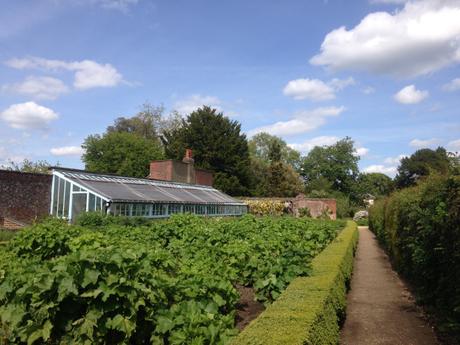
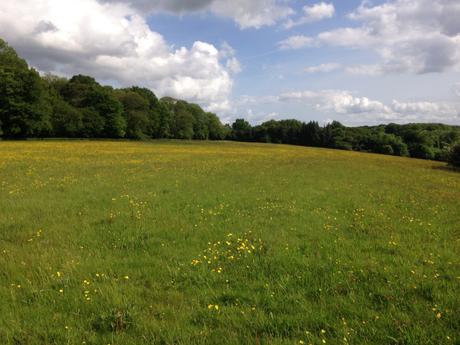 I took a course on Nineteenth Century Culture at university, which sparked my interest in all things Victorian, and Darwin’s writings were a key element of my studies. I have therefore long been fascinated by him and the way in which his discoveries caused Victorians to change the way they viewed their world and their place within it, and it was such a joy to be able to experience the surroundings that inspired Darwin so deeply throughout his life. I love how quintessentially Victorian it is that such seismic ideas were germinated in this tranquil, unassuming rural backwater! If you too fancy walking in Darwin’s footsteps, it’s actually fairly easy to get to Down House from central London, as these days Downe village is part of the London Borough of Bromley and is in travel card zone 6, so you can use your Oyster card to get the train to Bromley South or Orpington, and then hop on a local bus up to the village. If you want to pack a little more into your day, the beautiful 13th century church of St Mary at Downe is well worth a stop, as the churchyard is filled with Darwin and Wedgwood family graves. Persephone Books fans might also be interested to know that Downe’s neighbouring village is Cudham, where poor Harriet Staunton, whose story is so hauntingly told in Elizabeth Jenkins’ novel Harriet, lived with her abusive husband. Plus, it’s a very short hop down to Westerham from Downe, where you will find Chartwell, home of Winston Churchill. There’s just so much to see in sunny Kent!
I took a course on Nineteenth Century Culture at university, which sparked my interest in all things Victorian, and Darwin’s writings were a key element of my studies. I have therefore long been fascinated by him and the way in which his discoveries caused Victorians to change the way they viewed their world and their place within it, and it was such a joy to be able to experience the surroundings that inspired Darwin so deeply throughout his life. I love how quintessentially Victorian it is that such seismic ideas were germinated in this tranquil, unassuming rural backwater! If you too fancy walking in Darwin’s footsteps, it’s actually fairly easy to get to Down House from central London, as these days Downe village is part of the London Borough of Bromley and is in travel card zone 6, so you can use your Oyster card to get the train to Bromley South or Orpington, and then hop on a local bus up to the village. If you want to pack a little more into your day, the beautiful 13th century church of St Mary at Downe is well worth a stop, as the churchyard is filled with Darwin and Wedgwood family graves. Persephone Books fans might also be interested to know that Downe’s neighbouring village is Cudham, where poor Harriet Staunton, whose story is so hauntingly told in Elizabeth Jenkins’ novel Harriet, lived with her abusive husband. Plus, it’s a very short hop down to Westerham from Downe, where you will find Chartwell, home of Winston Churchill. There’s just so much to see in sunny Kent!
